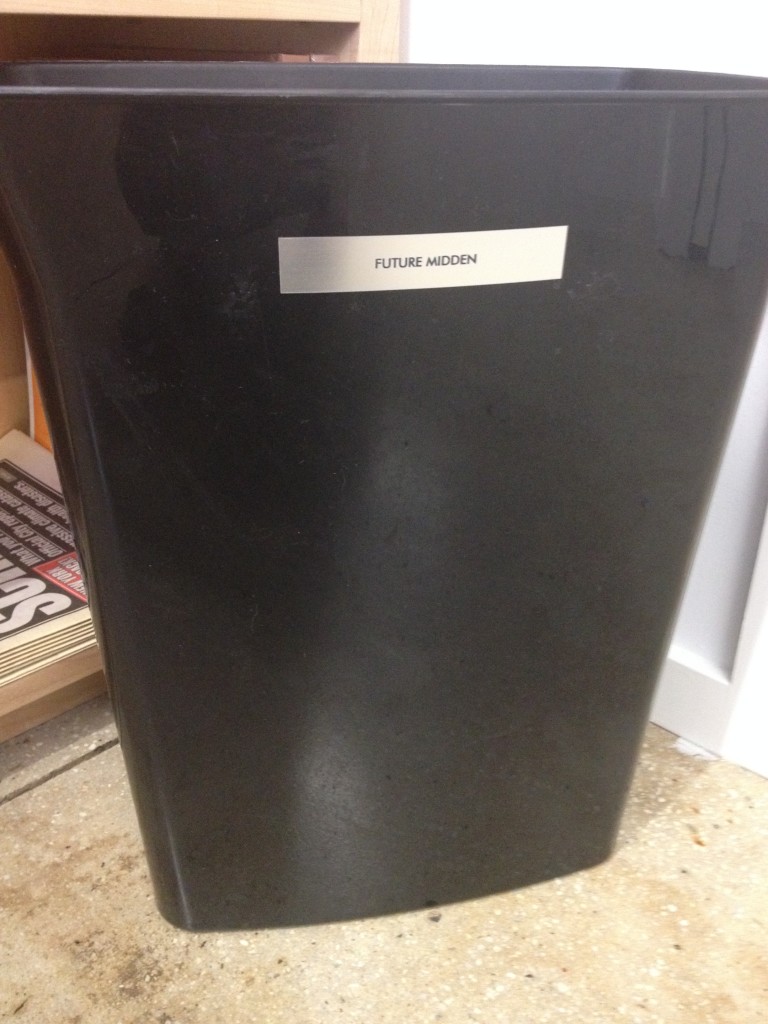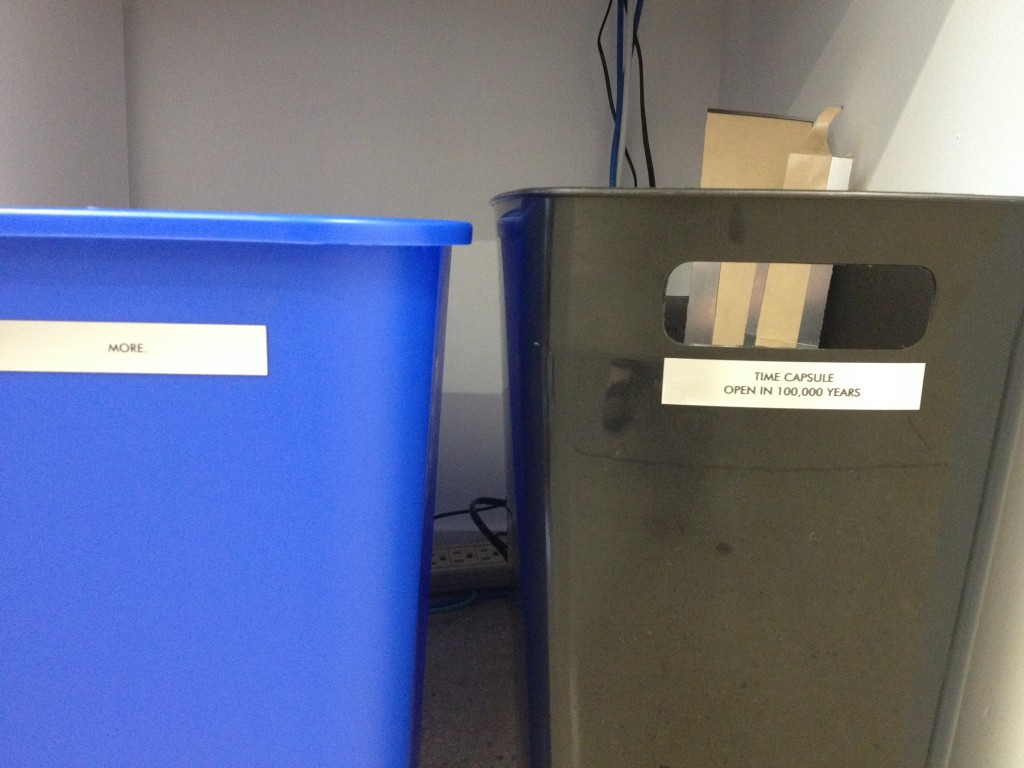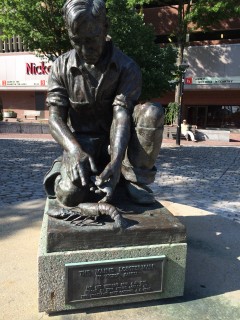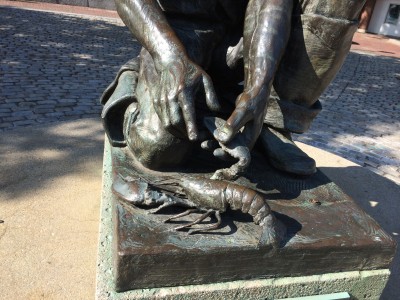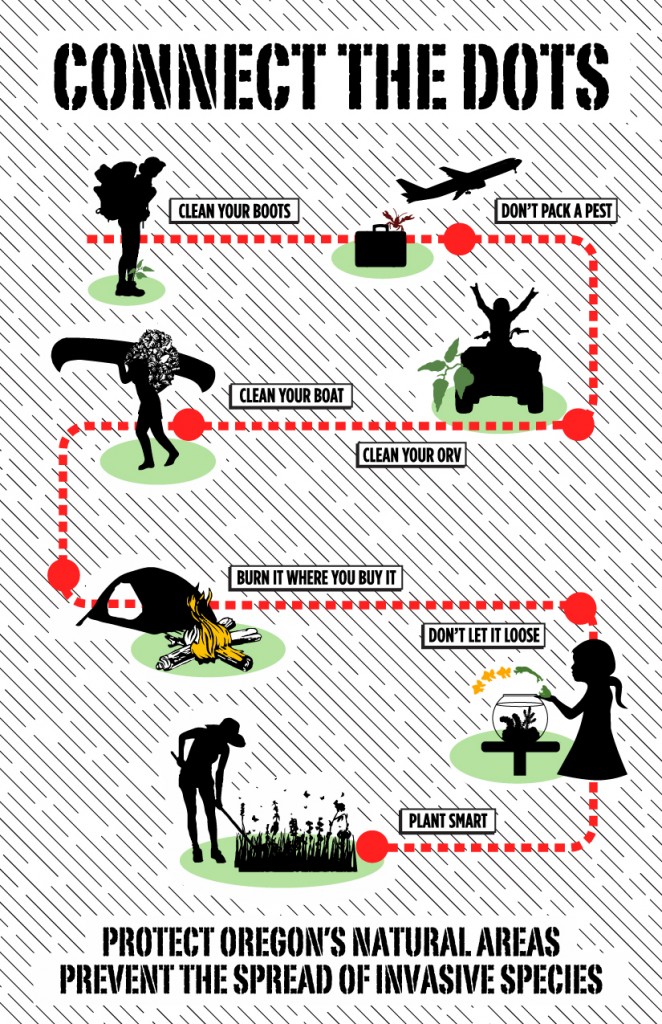I have been struggling (again) with ways to succinctly describe what I am up to in Portland. I’ve had over 40 meetings since June 1, engaged with (taken the time of) a host of generous people, and what I’ve come away with is that the project is perceived alternately as:
Really exciting | How can I participate? | Too science-y | Too arty | Too esoteric | Too pro-industry | How can you help me?
So I’m trying to work it out in a semi-public way on this blog, and therefore trying to be responsible for my language, and to provide some context for these thoughts.
Comments always welcome.
Back to definitions.
Environmental awareness is, finally, a sense of irony, because it is through irony that we realize that we might be wrong, that identity might not be as solid as we think, that our own gaze might be the evil that we see.”
– Timothy Morton, Thinking Ecology: The Mesh, the Strange Stranger, and the Beautiful Soul (2010) http://www.urbanomic.com/pub_collapse6.php
I asked Tim Morton for a succinct definition of “dark ecology.” While not brief, it’s full of guideposts:
There are parts of dark ecology that I’ll need to tease out here before I give you the telegraphic definition.
1. Depressing. Melancholy. Ecological awareness is depressing (suffering etc.) and also ontologically depressing, because I’m literally pressed from all sides (including the inside) by other beings
2. Mysterious. When you start to look, ecological awareness requires that distinctions become blurred but not dissolved: life-nonlife, sentient-nonsentient, intelligent-nonintelligent, conscious-nonconscious, existing-nonexistent. etc etc To be a thing is to be a mystery.
3. Uncanny. (a) Ecological awareness takes a noir form. You realize you are implicated. The tools you use to realize this (global technological devices) are also implicated in the very thing you are realizing. (b) It’s like knowing something unconscious about yourself, which is impossible–kind of glimpsing it sidelong. You don’t mean to harm earth when you turn your ignition key. And you’re not–it’s statistically meaningless. But at Earth magnitude (billions of key turnings) this is exactly what happens. The difference between me (Tim, little me) and this member of homo sapiens (species me). The latter is a hyperobject, not just an abstract concept.
When you put these together you get this nifty sentence: Ecological awareness has a loop form, because ecological beings have a loop form, because things in general have a loop form.
Through ecological awareness you realize that things just are what they are, but are ever so slightly different from what they are, all the time. The reaction to this takes many forms. There is a hierarchy of them, which you can imagine as moving from the outer brittle layers of a chocolate to its inner, sweet layer:
Guilt
Shame
Horror
Ridicule
Melancholia
Sadness
Longing
Joy
At first, dark ecology seems like a tragedy. Our attempt to escape the web of fate IS the web of fate. But in the end (in some ecological future to come), dark ecology is funny, in a sweet, nonviolent and outrageous way.
– Timothy Morton (personal correspondence)
I am struck by guilt and shame as a space that can really inform both the draw to the abject “post-Amercian (Rebecca Solnit) landscapes, and a way to unpack this anti-aesthetic. In the end, I’m going to conclude that while we can’t live without the rules of aesthetics (which are malleable, and bumpy in time), we need to be very awake to how they operate as instruments of power (see the hatred/ perceived danger of neo-environmentalists like Peter Kareiva or Emma Marris and the Breakthrough Institute, for instance, as undoing a lot of environmental work that’s been done in the last three decades). I think guilt and shame need some proper psychiatric treatment, in public, in groups. Superfund site exploration as group therapy.
So I tried to rewrite this project description anew:
FSDE is an art/science lab for hands-on creative inquiry into the Dark Ecologies of urban Nature. ArtScience Resident Experts and Amateurs (AREA heads) design and guide participatory field trips, workshops and discussions that mix citizen science, civic engagement, and artistic output in experimental, open-ended ways, in order to intimately experience problematic landscapes and their agents. Often this means coming close to the discomforts and realities of urban spaces that have industrial legacies. While the Superfund megasites of North Portland may provide a spectacular example of this sort of landscape, your own backyard may be a miniature brown field, and this is precisely the point: to connect, awaken and charge citizens with a thirst for knowledge and the tools and connections to do something.
FSDE is also interested in a shift of the imagination (a “nudge,” thank you, Una Chaudhuri). This is work we began in Dear Climate, which asks: what is inner climate, and what would that change look like? As we face more uncertainty, can we move to a generosity rather than a scarcity model that extends to species beyond the human? And can we appreciate the porosity – the blur – between self and other? Can we move beyond empathy, and cultivate compassion that is not based on similarity Can we embrace the “strange stranger?”
And finally, FSDE aims to allow grief and hope and conflict to exist simultaneously within the bounds of the project.
FSDE wants you to draw your own conclusions, question the given aesthetics and terms that constitute nature/culture, good/bad, ugly/beautiful), and partake in the transformations possible in the landscapes that surround your city. FSDE believes artists, designers, permaculturists, naturalists, and creative citizens of all sorts should not only be invested in/entitled to their surroundings, but could cultivate a robust biophilia, and have a place at policy tables to determine how aesthetics, values, morals and the desires of human AND non human agents can play out in determining urban futures.
Dark ecology’s aims are not to celebrate the dark, or to depress participants. In fact, quite the opposite can occur: there is hope in taking the reins and opening ones eyes. There are small, large and enormous leverage points to be had, with will and organization. And there is beauty and ugliness at work. The point is to not do that online UX quick-swipe “hot or not” move to get rid of the ugly as fast as one can, but to realize that you are not only soaking in it, but without doubt, implicated in its manifestations (which are only artifacts).
The project aims to use art as a tool for social change: nudging our capacity to encounter is the first step toward stewardship. Sometimes this stewardship does not look as clean and pure as the “typical environmentalist” would like (that would require editing out huge swaths of competing realities).
FSDE’s goal is to make a space in which one can be awake. And therefore connected. This is not a logical connectedness, but one of many points, overlaps and conflicts. There needs to be a safe place (in Winnicott’s terms, to be held) where one can explore grief, hope, science, longing, and most importantly, the imagination.
Morton’s second book, The Ecological Thought was discussed by philosopher Levi Bryant thusly:
“Ecology shows us that all beings are connected. The ecological thought is the thinking of interconnectedness. The ecological thought is a thought about ecology, but it’s also a thinking that is ecological… It’s a practice and a process of becoming fully aware of how human beings are connected with other beings– animal, vegetable, or mineral.” – Levi Bryant, The Ecological Thought: A Reply to a Critic
And this is what FSDE aims for: to perform ecology, not just learn about it or support it whilst omitting (at convenience and ad nauseum) one’s complicity in its jaw-dropping, anthropogenic scope.

